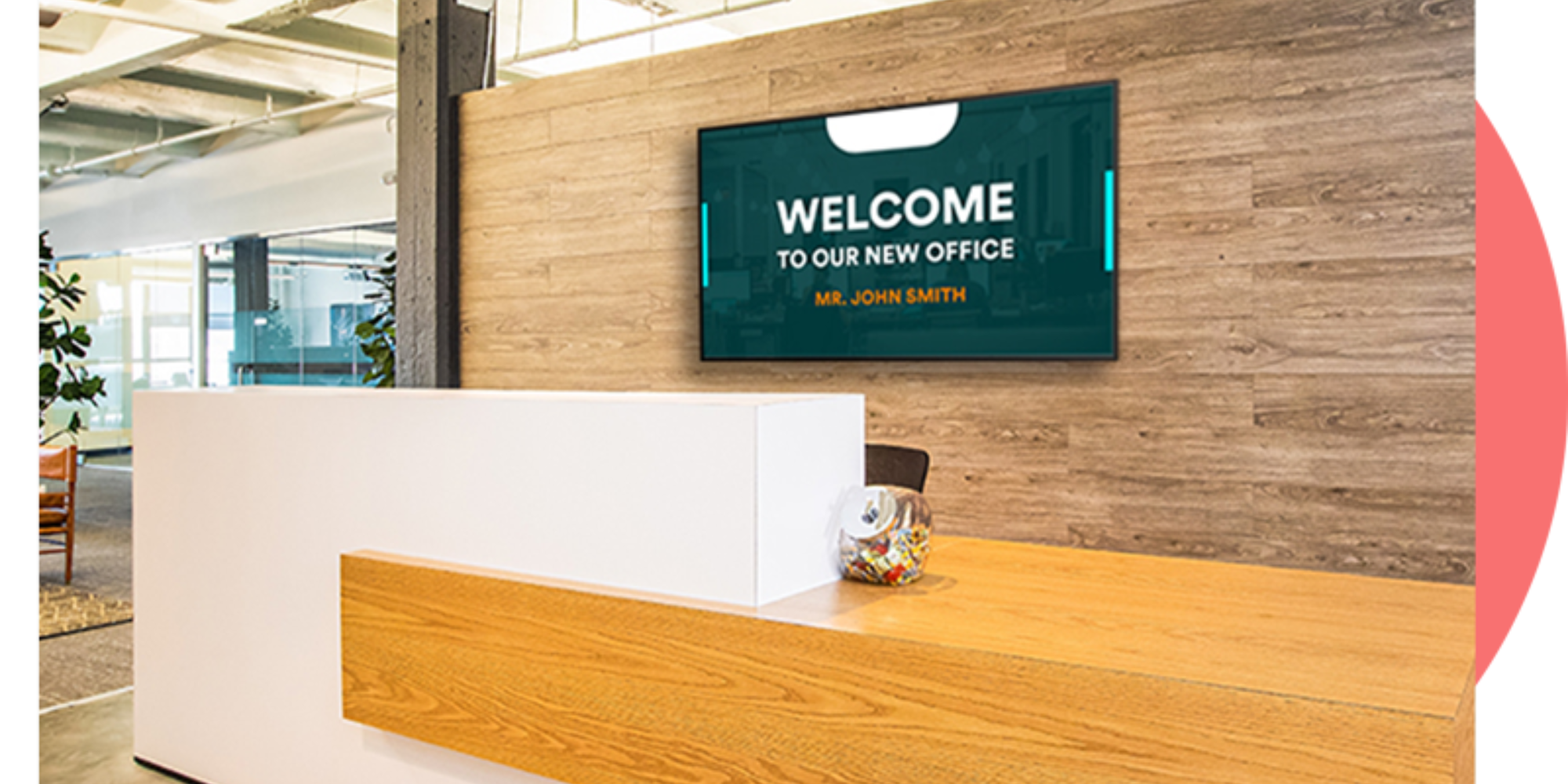
What's the Difference Between Digital Signage and Touchscreen Kiosks?
Digital signage and touchscreen kiosks are two technologies that are seeing tremendous growth and use in recent years. However, the rising popularity of both has led to confusion about their differences and applications. And in turn, businesses need help deciding which to employ for their unique needs and goals.
In this article, we explore the blurred line between digital signage and touchscreen kiosks to help you determine which one is right for your business. Let’s start with the digital signage.
What is Digital Signage?

Digital signage is a dynamic display of different types of media on a screen. It allows companies to:
- Display content that promotes their products or services
- Introduce their brand
- Keeps their audience informed and entertained.
It’s a step up from traditional signs, showing content in a more eye-catching format that’s hard to miss.
You’ll find digital signs everywhere you go, from shopping malls and retail stores to airports and bus stops. It has a wider application than touchscreen kiosks and usually comes in larger displays for maximum reach and visibility. They are often targeted to the masses, with little room for personalized experiences.
Digital signage is operated using hardware and software, including media players and content management systems. Most software operates on a cloud, allowing users to change, update, and deploy content remotely. This flexibility is why many businesses, particularly those in industrial settings, rely on manufacturing digital signage to streamline communication and production workflows.
Pros of Digital Signage
Many businesses are making the switch from traditional marketing efforts and paper advertising to cloud digital signage. While mostly attributed to its effectiveness in promoting offers or delivering messages in an attention-grabbing way, other reasons are its easy integration, effortless use, and lower costs (better ROI).
Digital signs are very versatile and flexible, giving companies the liberty to manage their screens and deploy content with a few clicks of a mouse. They eliminate the need for a complete overhaul of marketing collaterals, which is a tedious and expensive process involved in traditional print marketing.
Cons of Digital Signage
Digital signs usually display playlists of different content showing on a loop. Unless you employ programmable ads, this doesn’t give you the assurance that your audience will see the content you intend for them.
Think of fast walkers or rushing commuters. If they quickly walk past a digital sign flashing content that isn’t relevant to them, they likely will not stop to take a second look. Since digital signs are also often used for wide-scale applications, they aren’t able to offer as personal an experience as touchscreen kiosks.
Hence the importance of maximizing the features of digital signage. There are ways that companies can ensure they show the right content to the right people at the right time. When used properly and optimized for the best results, a digital sign can be a very powerful marketing and communications tool.
Touchscreen Kiosks

Touchscreen kiosks, on the other hand, can offer a more personalized experience compared to digital signs. They have features that allow a user to interact with the screen and pave their own customer journey.
The main perk that this technology has over digital signs is interaction — a viewer can actually stop in front of it, click on elements on the screen, and get the information they are looking for. Instead of just delivering a message, a touchscreen kiosk facilitates a conversation and exchange of information with the viewer.
This makes touchscreen kiosks a step more effective than digital signage when it comes to fostering viewer engagement. You’ll often see them in more targeted settings, like retail stores, hotels, libraries, or restaurants, as compared to digital signs that are usually in public areas with heavy foot traffic.
Pros of Touchscreen Kiosks
Touchscreen kiosks offer a more personalized and engaging experience for the audience. It provides them with an immersive platform where they can actually interact with your brand — whether that’s to seek more information, ask for directions, pay for a purchase, or make an order.
This level of interaction goes a long way in creating a relationship with the user and allows businesses to create positive customer experiences. While digital signs are already developing with features that make them more interactive, touchscreen kiosks are just more functional and customizable in that sense.
Cons of Touchscreen Kiosks
With their functionalities, touchscreen kiosks are more expensive than digital signage. They have high setup and installation costs, as well as use more costly software to operate.
They’re also more complex, requiring rugged hardware, security features, tracking capabilities, and analytics to fully maximize their potential.
Which One is Right for Your Business?
Both digital signs and touchscreen kiosks are powerful technologies that can take your marketing and communications game to the next level. When deciding which one to invest in, you should weigh their differences and compare them side-by-side with your company’s goals, needs, and budget.
Touchscreen kiosks may be suitable for your business if you’re looking at an in-store application to improve the customer journey. But if your goal is to increase brand awareness, introduce new offers, and ultimately, drive sales, then a digital sign may be your best bet.
It’s worth noting at this point that digital signage technology is growing. With this growth comes more features that allow more personalized interaction and engagement. You can also consider this as an alternative to touchscreen kiosks.
Ultimately, the best option will depend on what your business needs. Take a moment to identify your goals and choose the best solution that will help you achieve them. Sign up for our free digital signage software trial today!
Related Posts
More From Our Blog
-

Optimizing School Announcements with Screen-Sharing Technology
In today’s fast-paced digital age, staying informed about school announcements has become more efficient thanks to screen-sharing technology. Forget about missed memos or ignored notices—this modern[…]
Read More -

How Effective is Digital Signage?
Digital signs are revolutionizing. That's the short answer. But if you're trying to convince leadership to invest in screens for your school hallways, hospital waiting areas, or manufacturing floor,[…]
Read More -

10+ Office Welcome Sign Ideas
Getting a welcome sign on your office display shouldn't take all afternoon. Rise Vision makes it pretty straightforward: pick a template, swap in your logo, and push it to your screen. Done. The[…]
Read More
Keep Your Displays Interesting – Pick New Templates Every Week!
Every week, we send template recommendations that will make you look great and improve your audience experience. And the best part, they save up to 16 hours of content creation time every week!
12,300+ Organizations Trust Rise Vision, You Can Too
Schedule a Free Demo
You deserve the #1 all-in-one platform for digital signage, screen sharing, and emergency alerts.



































